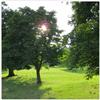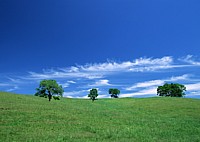
Friends of Beddington Park
Beddington Park
Entrances from Church Road, Beddington, Surrey and London Road, Wallington
Beddington Park was originally part of the deer park attached to Carew Manor, which was once a major country house. At its height in the Tudor period the park occupied almost all the land between Mitcham Common, Beddington Lane, Croydon Road and London Road.
At the beginning of the eighteenth century a long canal-like lake was created in front of Carew Manor. There were avenues of trees along either side and two other avenues radiating out across the park from the west front of the house.
By the mid-eighteenth century the fortunes of the Carew family had declined and most of the northern part of the park had been converted into fields. The southern part survived as a deer park until the Carew estate was sold in 1859. Shortly after this the park was acquired by Canon Alexander Henry Bridges, the wealthy rector of Beddington. Bridges lived in Beddington House in Bridges Lane a short distance from the park. Bridges filled in the long narrow lake and replaced the avenue of trees along it. He carried out a great deal of planting including the shelter belt along the north side of the park and round spinneys within it. Most of the older trees in the park date from his time.
Notable features in the park include:
East Lodge at the end of Church Road near Carew Manor School. This is dated 1877 and was built by Bridges to house his gate-keeper. It was designed by Joseph Clarke, one of the leading Victorian church 'restorers'. The design is clearly influenced by the Arts and Crafts movement which Bridges evidently favoured.
Dovecote - The early eighteenth century octagonal brick dovecote is sited next to Carew Manor. There was a dovecote at Carew Manor in Tudor times which stood in Pigeon House Meadow, which may have been to the east of the present site. It was probably demolished and replaced by the existing building between 1707 and 1727, when the first Baronet, Sir Nicholas Carew, reorganised the grounds around the house.
Canon Bridges' Bridge over the Wandle near the Dovecote. This is of terracotta made by the Weatcombe Pottery, Torquay, and was commissioned by Canon Bridges as it bears his initials. The west side of the bridge was rebuilt after being damaged by a falling tree in the 1987 gale.
Flint and stone bridge above the Grange Lake was probably also made for Bridges. Note the carving along the top of the adjacent riverside wall.
The kidney-shaped pond in the centre of the park known as the Stock Pond was made for Canon Bridges. The pond has undergone a complete regeneration during 2017-18 under HLF Lottery funding with removal of silt, re-profiling, reshaping and replanting with marginal and deep water plants. Life is slowly returning to the pond, it was not the intention to re-stock it but to let the pond become entirely re-inhabited by natural processes over time. There are now freshwater shrimps, newts, frogs, water fleas, small fish, pond skaters etc. Dragon flies have been laying eggs and many other small insects have been seen.
Beddington Park is a site of considerable archaeological importance and contains earthworks which are probably of medieval and later dates.
The Grange (on the west side of the park) was outside the Carew's deer park. The land was acquired by Alfred Smee in the 1860s who created a very elaborate garden described in My Garden (1872). His son built a house on the site which was burnt down in 1960 and eventually replaced by the present building. In 1935 the house and grounds were acquired by the Borough of Beddington & Wallington and turned into a public park. The garden has been considerably altered over the years but the little stone bridge by the lake, the adjacent rockery, and many trees date back to Smee's time.
The Grange lake was originally a mill pond. The mill stood at the east end of the lake near London Road. It was a paper mill in 1771, Mr Kilburn's calico works in 1805, Holloway's flour mill in 1853, and E. Manico's paper mill in 1879. It was subsequently the Helm chocolate factory. The buildings have been demolished.
Beddington Park sits on the borders of Beddington, Wallington and Hackbridge in Surrey. With entrances from Church Road, Beddington and London Road, Wallington. It was originally part of the deer park attached to Carew Manor, which was once a major country house. At its height in the Tudor period the park occupied almost all the land between Mitcham Common, Beddington Lane, Croydon Road and London Road. At the beginning of the 18th century a long canal-like lake was created in front of Carew Manor. There were avenues of trees along either side and two other avenues radiating out across the park from the west front of the house.
By the mid-18th century the fortunes of the Carew family had declined and most of the northern part of the park had been converted into fields. The southern part survived as a deer park until the Carew estate was sold in 1859. Shortly after this the park was acquired by Canon Alexander Henry Bridges, the wealthy rector of Beddington. Bridges lived in Beddington House in Bridges Lane, a short distance from the park. Bridges filled in the long narrow lake and replaced the avenue of trees along it. He carried out a great deal of planting including the shelter belt along the north side of the park and the round spinneys within it. Most of the older trees in the park date from his time.


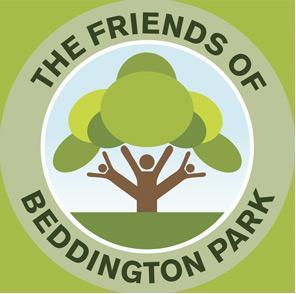
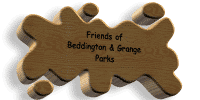
Beddington Park Pictures (small)
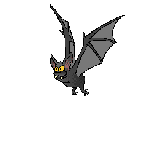

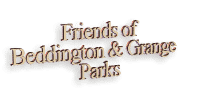
Copyright © 2006 - 2021 : The Friends of Beddington Park. All rights reserved.
Beddington Park Pictures (large)




































































































